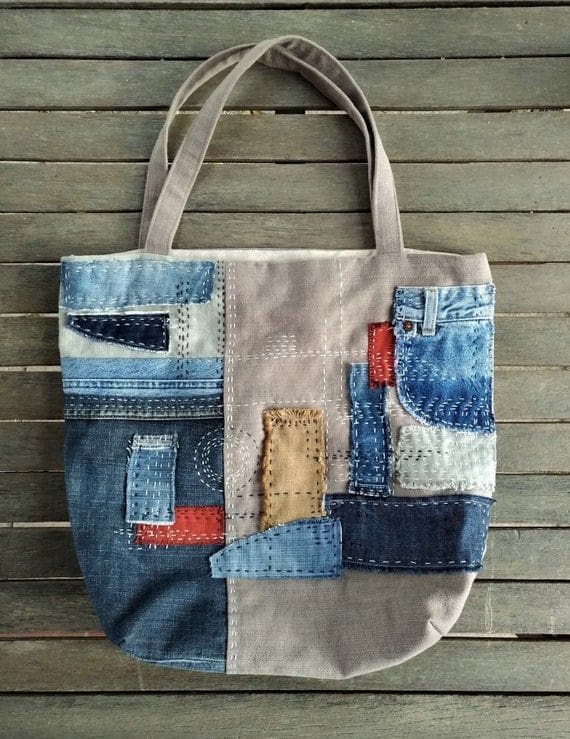Textile recycling is the process by which old clothing and other textiles are recovered for reuse or material recovery. It is the basis for the textile recycling industry.
Now, Why should we do textile recycling?
To Reduce environmental pollution – Textiles that are thrown in the bin are sent to landfill sites. Here, they can produce toxins which pollute the water we drink and the air we breathe. Save resources -Recycling wearable clothes lowers the amount of resources that go into making new ones.
And Here I have some Facts regarding it:
- A Textile is any item made from cloth or any artificial Fabric. Worn, Torn or stained textile item can be recycled .
- Approximately 95% of textile products and shoes are recyclable.
- The EPA; Environmental Protection Agency estimates that the average person throws away 81 pounds of clothing per year.
- That adds up to 8 Billion pounds of unnecessary waste added to our landfills.
- The 15% of textiles that are recycled has the environmental impact equivalent to removing 590,000 cars from the road every year.
- Recycling Clothing and textiles decreases the use of natural resources, such as water used in growing crops and petroleum used in creating new clothing and textiles.
- It decreases the need for chemicals used in manufacturing textiles and the pollution caused by the manufacturing process
Textile Manufacturing facts
- Growing enough cotton to produce a single t-shirt requires 2,700 litres of water.
- The polyester production industry releases 1.5 trillion pounds of greenhouse gasses every year, which is equivalent to the annual emissions of 185 coal-fired power plants.
- The textile manufacturing industry produces 20% of global waste water and accounts for 10% of global carbon emissions, which is more than all international flights and maritime shipping combined.
- While cotton only takes up 3% of arable land, it accounts for 24% of insecticide and 11% of pesticide use.
- Approximately 15% of fabric intended for the manufacture of clothing ends up as waste on the cutting room floor.
- According to the most recent U.S. Department of Agriculture data, the U.S. imports 19.7 billion pounds of textiles and apparel every year, while exporting only 3.5 billion pounds.
- Based on those numbers, the U.S. amasses 16.2 billion additional pounds of textiles and apparel every year by way of imports, or 49.5 pounds for every single person in the country.
Guide To Textile Recycle
- Most home recycling bins, provided by your local council, accept old clothes and textiles. Recycling banks may also accept old clothes.
- Donate old clothes to charity shops or take them to a jumble sale.
- Only donate clothes that are still usable.
- Old clothes can be used to make other textile items, such as cushion covers or cleaning clothes.
- When donating shoes, make sure they are tied together so they don’t separate.
There are some specific Textile recycled which we are familiar with and the list is as under:
| – Stuffed toys and pillows become car seat stuffing and automobile insulation. – Tshirts, sheets, towels, and clothing became wiping clothes. – Denim becomes home insulation. – Shoe soles become paving material. – Sweaters and coats become carpet paddling. – Curtains and drapes become stuffing for pillows, sleeping beds and animal insulation. – Wool sweaters and materials become baseball and softball filling. – Velvet material become jewelry box lining. – Leftover fabric scraps become paper money. |
As I Mentioned the benefits of doing Recycling of textiles; Here are the reasons why people do it.
There are many compelling reasons for the recycling of waste from textile products and processes. The resources on this planet are ultimately finite. The two key fibers in the textile industry are cotton and polyester which represent over 85% of global fiber production. Cotton relies on a finite land mass for agriculture and competes with food production. Polyester relies on finite sources of oil (petroleum based) and its extraction is damaging to the environment.
In 2014 the global production of polyester filaments and cotton fiber was approximately 65 million tonnes this number is estimated to grow in upcoming years with growing population demand and increasingly unstable climate we are facing global textile resource scarcity but also the hazardous environmental impact of textile fiber production. Therefore effective resources management in the industry is now becoming high-priority. Environmental issues are also associated with sector – include high energy and water usage and use of toxic chemicals.
Synthetic fibers products will not decompose in the landfills. Taking 100’s of years to decompose such waste discarded in landfill has no resale value and it pollute the atmosphere, if not degraded they get accumulated and spread infectious diseases and foul smell. Woollen garments do decompose but they also produce methane gas which contributes to the global warming
Authored By-

- Ms. Harshi Soni – Management trainee – TVC
- harshiiisoni7979@gmail.com
- JG College Of Commerce, Ahmedabad, Batch 2018-19

